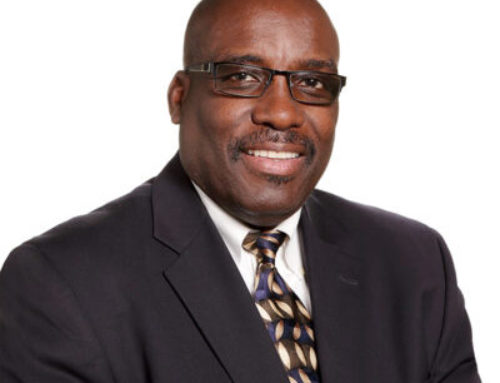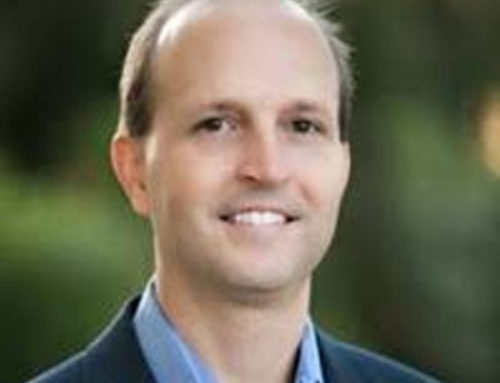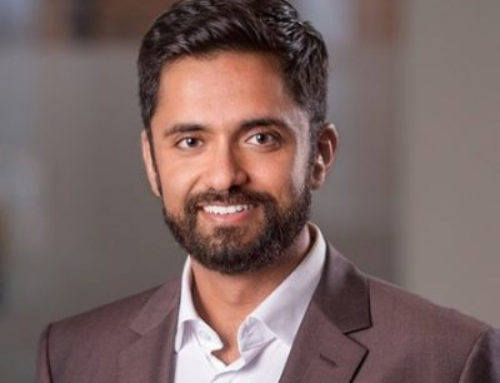 Improving Clinical Trial Operations
Improving Clinical Trial Operations
An Interview with Janie Mandrusov, Ph.D., Vice President of Clinical Affairs for Providence Medical Technology, Inc.
Strategikon: From your perspective what’s the biggest problem or challenge facing those responsible for clinical trial operations?
JM: So… asking this question post-COVID is very different from what used to be. Within clinical operations, the biggest issue that we face today is changing everything possible that is face-to-face in our trials to a remote interaction. Everything. From selecting, initiating, and monitoring sites through to executing the study. Wherever we can, these now have to be done without going out and actually meeting people face-to-face and creating relationships that way. Creating relationships and maintaining relationships remotely to facilitate operations will be a huge challenge moving forward.
What accompanies this change is the budget management associated with setting up and managing all these re-designed, re-launched, and postponed studies. The clinical phases of development are extremely expensive. We need to have a solid grasp of what it costs to execute this new way, before we start. So, it is vital to be able to accurately forecast our expenses. The company needs to know how long exactly it will take to complete the study. For example, in the therapeutic area where I work (spine devices), our studies are typically long. The shortest studies often require long enrollment times and a two-year follow up. Predicting what the world is going to look like in five years can be very challenging! So we have to do a lot of scenario planning in order to come up with the optimal solution that fits the company goals.
Strategikon: As a smaller company, do you feel at a disadvantage with dealing with outsourcing partners? Was this a factor that led to your decision to not use a CRO in the study that you budgeted with Clinical Maestro?
JM: I don’t see size is an advantage or disadvantage, per se, but size may necessitate one strategy versus another. For larger organizations, they have a lot of projects and more money. That’s one kind of advantage. Smaller companies are often more creative and flexible. From my perspective, it’s really more dependent on the company situation and how much a company wants to spend outsourcing versus doing things ‘in-house’. Bringing people in is a long-term commitment. Choosing the CRO route can also be a long-term commitment but you have more flexibility to turn on/turn off domain-specific headcount as needed. You pay more per hour to use a CRO but you don’t have the on-boarding challenges or expenses. Clinical Maestro gave us the insight and the detail to determine the path that made the best sense for our situation.
When we do look to outsource, we don’t look at the giant CROs. We look for a combination of support for small to medium-size companies and for specific expertise we need. Providence is a device company, not a Pharma company. In general, device studies are also smaller than Pharma studies so it’s a different dynamic.
At a macro level, I think CROs are more expensive right now than hiring directly. A few years ago I would think “I need a monitor in California. I need a monitor in New York.” A CRO could provide you with people strategically placed in these areas. Now, everything is becoming digital and many tasks can be done by a person sitting at a computer. Providence is currently reworking our processes to make them remote so we don’t need to go to a site to look at their paperwork. Everything is digitally uploaded or accessible to us remotely. With this changing world, the need for more people in different places goes down and the need for one or two people who are technically savvy goes up.
Strategikon: “Everything is becoming digital”… what will budgeting and managing clinical trials be like in 10 years and what role will technology play to help make improvements?
JM: In ten years everything is going to be digital. Processes will be highly integrated in a way that will allow us to do instantaneous modeling of various scenarios and get snapshots of the fiscal health of our study, especially related to payments and understanding overspend or underspend.
When a company needs to create a study, the first thing that needs to happen is the study design; understanding the number of patients, the number of sites, and the duration, and so on. Once that gets locked, the next question is how to execute it. Then, finally, we get to the question of how much will it cost – to pay the sites, or the CRO, or from a human resource (internal) perspective.
This is where I have my experience with Clinical Maestro. In my previous companies when we wanted to get CRO bids, we created Requests for Proposals, we listed out what we wanted and we got bids – typically either in a pdf form or – if we asked nicely – in a spreadsheet form. Then we had to review the responses side-by-side and to understand what they’re offering and understand if there were any gaps in their proposals and what the actual true cost would be. When I found out that Clinical Maestro existed I was super-excited. The program allowed me to create a request for proposal and have all our options consolidated in one place where we could compare – apples to apples – what the study would cost. That really informed our decision.
I think the future would definitely include some sort of platform like Clinical Maestro for bidding on a study whether you choose the CRO route or to use your own team. After you get through planning/budgeting/bidding, you next have to project and manage your ongoing budget and accrual activities depending on the actual activity and enrollment rate. For example, if we projected study enrollment to last 15 months but there is a delay and the study’s enrollment now is 24 months. With Clinical Maestro I don’t have to reprogram anything or start over. I can adjust my spending over time for both the sites as well as any partners. And at the same time, enrollment changes mean we have to re-budget and re-project our spend forecast – instantaneously. Without a system? It’s a huge headache. After operations is done with our spreadsheets, it goes back to finance and they have to redo their whole company spreadsheets to adjust for the changes.
Finally, in the future, this platform would interface with the company’s overall finance management system. For example, some sites prefer that we generate the invoices on their behalf. Everything that goes into supporting a study would be in this platform, so for site payments we would just look to see how many patients they treated and then generate an invoice to ourselves and pay the sites. Invoices from other partners would be regular invoices and get paid differently. Additionally we could account for internal spend. As the platform tracks accruals, communicating this data would enable us to manage and automate the payments for all the spending in the study. That would be a huge plus. That’s what my vision for what the future should look like.
About the Expert
Janie has over 20 years of clinical, regulatory and product development experience in the medical device industry ranging from energy-based devices to spinal implants and biologics. Before joining Providence Medical Technology, Janie was a Sr. Director of Clinical Affairs at Spirox (acquired by Stryker), Vice President of Clinical Development at SinuSys Corporation, Director of Pre-clinical and Clinical Development at Arthrocare (acquired by Smith & Nephew), and Vice President of Pre-Clinical and Clinical Development at Synvascular Inc. Earlier in her career, Janie spent ten years in roles of increasing leadership responsibility in the New Ventures and R&D groups at Guidant (now Abbott Vascular), developing novel cardiovascular technologies. Janie is named as an inventor on over 15 US issued and pending patents. Janie holds a Ph.D. degree in Chemical Engineering from Columbia University and a B.S. degree in Bioengineering from UCSD.




